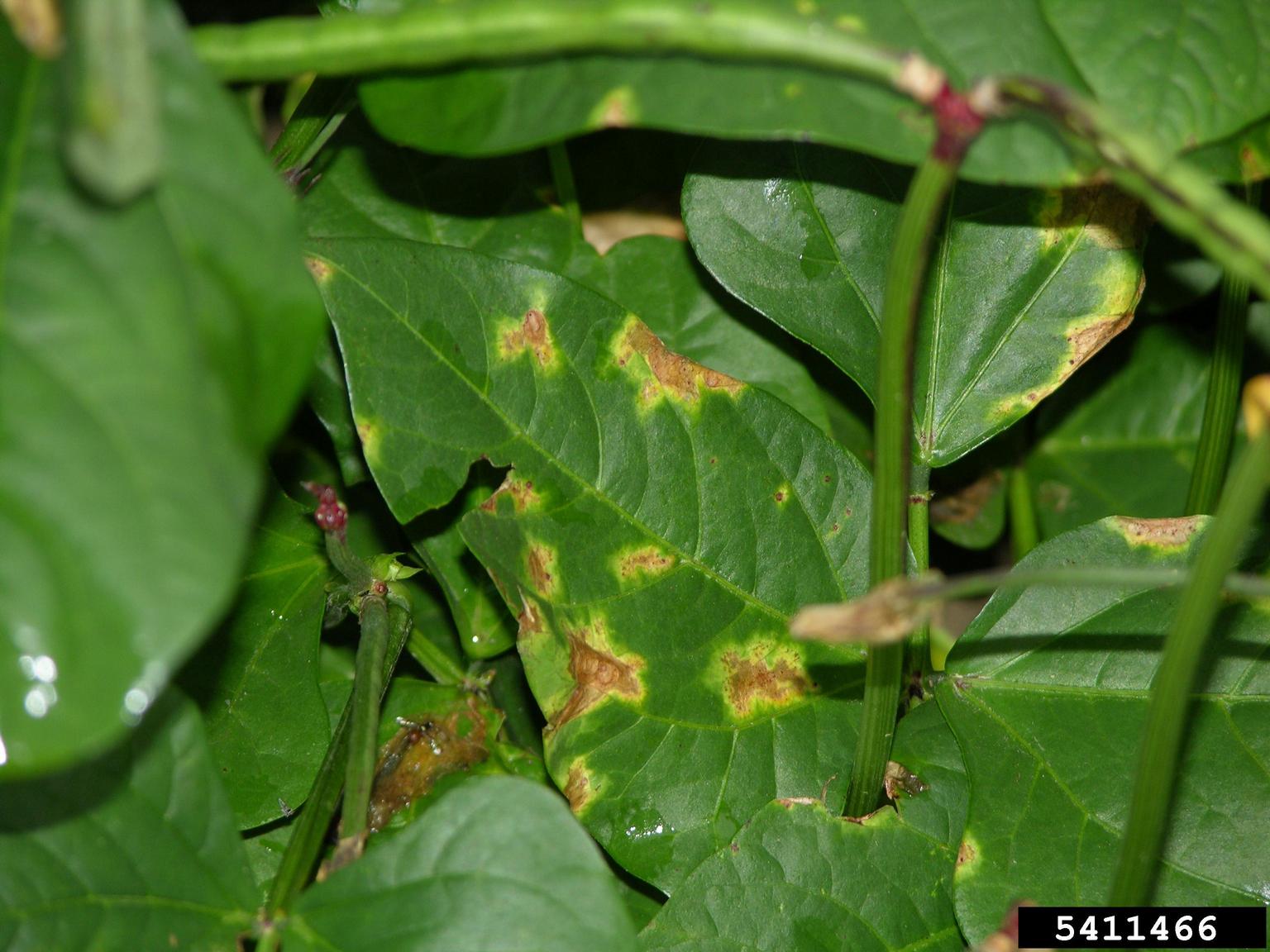Blights Of Southern Peas: Managing Southern Peas With Blight


Southern peas are also known as black eyed peas and cowpeas. These African natives produce well in areas of low fertility and in hot summers. Diseases that can affect the crop are primarily fungal or bacterial. Among these are several blights, with southern pea blight being most common. Blights of southern peas usually results in defoliation and very often pod damage. This can seriously affect the crop. Identifying the disease when early and practicing good cultural methods can help prevent losses.
Southern Pea Blight Information
This is probably the most common blight on southern pea. It is caused by a soil borne fungus which develops quickly in moist, hot situations where temperatures are over 85 degrees Fahrenheit (29 C.). It is harbored in plant debris from the previous year. The one thing all the pea blight diseases have in common is moisture. Some occur when temperatures are warm and wet, while others need it cool and moist. Southern peas with blight may exhibit signs only on stems and leaves or they may also get symptoms on the pods. White growth appears around the base of plants. As it progresses, the fungus produces sclerotia, tiny seedy things that start out white and turn black as they mature. The fungus essentially girdles the plant and kills it. The most important thing to do is remove all previous year's plant debris. Foliar fungicides early in the season can help prevent formation of the fungus. Watch for first signs after any moisture event following extended hot weather periods.
Other Blights of Southern Pea
Bacterial blight, or common blight, occurs mostly during periods of warm, wet weather. Much of the diseases is carried on infected seed. Tan, irregular spots form on leaves, pods and stems turn dark brown as the disease progresses. Leaf margins turn yellow. The leaves will rapidly defoliate. Halo blight is similar in presentation but develops greenish yellow circles with a dark lesion at the center. Stem lesions are reddish streaks. Lesions spread into one dark spot eventually, killing the leaf. Both bacteria can live in soil for years, so crop rotation every 3 years is essential. Purchase new seed annually from a reputable dealer. Avoid overhead watering. Apply copper fungicide every 10 days to minimize bacterial blights of southern peas. Use resistant varieties such as Erectset and Mississippi Purple. Fungal issues may cause southern peas with blight too.
- Ashy stem blight kills plants quickly. The lower stem develops gray growth flecked with black. It is most common during periods of plant moisture stress.
- Pod blight causes water soaked lesions on stems and pods. Fuzzy fungal growth occurs at the pod petiole.
Again, avoid watering on leaves and clean up old plant residue. Prevent overcrowding in plants. Use resistant varieties where available and practice crop rotation. In most cases, clean planting areas, good cultural practices and water management are excellent ways to prevent these diseases. Use fungicide only where disease conditions are optimum.
Sign up for the Gardening Know How newsletter today and receive a free copy of our e-book "How to Grow Delicious Tomatoes".

Bonnie Grant is a professional landscaper with a Certification in Urban Gardening. She has been gardening and writing for 15 years. A former professional chef, she has a passion for edible landscaping.